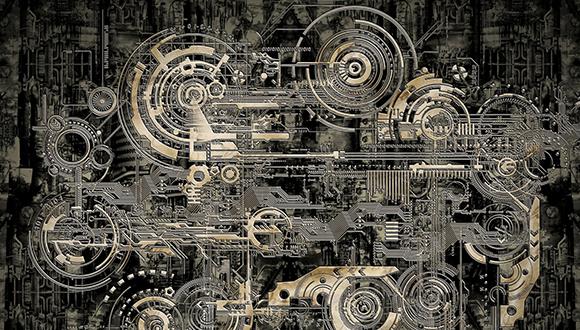School of Mechanical Engineering Adi Morani and Ben Cohen
School of Mechanical Engineering Seminar
Wednesday, October 31, 2018 at 14:00
Wolfson Building of Mechanical Engineering, Room 206
Fluid-Structure Interaction using Coupled FE Structural Analysis with a Lattice Boltzmann Approach: Simulations of Aortic Valves and their Integration in a Full Heart Model
Adi Morany
M.Sc. student of Prof. Rami Haj-Ali and Prof. Shmuel Einav
The aortic valve (AV) is located between the left ventricle and the aorta. It is responsible for maintaining an outward unidirectional flow. An inherent abnormality associated with the AV is the bicuspid aortic valve (BAV) where two cusps are present instead of the normal three. Due to the anatomical abnormality (0.5-2% of the population), the cusps stresses and deformations are relatively high. This may lead to a calcific aortic valve disease (CAVD). The latter is a progressive disease characterized by calcification growth in the AV cusps leading to thickening and stiffening of the cusps' tissue. Many hemodynamic and structural aspects of the AV have been extensively studied, however, more sophisticated models are needed in order to better understand the AV bio-mechanical behavior.
The first part of this study introduces a new fluid-structure interaction (FSI) modeling approach using coupled FE structural analysis with a Lattice Boltzmann Method (LBM). The applied LBM is a mesh-less method based on the kinetic gas theory of particles used to simulate fluid flow. The combined FE-LBM FSI modeling approach is used to simulate both normal and BAV models. Towards that goal, three FSI models of AVs under physiological pressure are presented: TAV, BAV and moderate CAVD are studied. These models present, for the first time, a quantitative comparative study between FE-CFD (Navier-Stokes) and FE-LBM FSI-approaches, to flow simulations through compliant AVs. Different parameters have been examined, such as effective orifice area, hemodynamic metrics and stress magnitudes.
The second part of this study deals with integrating a new parametric AV structural model with the electro-mechanical Living Heart Human Model® (LHHM). The LHHM is a finite element robust and integrative model simulating human heart function capable of realistic electro-mechanical simulations. Different parametric geometries of AV configurations and associated pathologies have been examined. New integrated structural AV models within the LHHM better predict the local stresses during the cardiac cycle due to the realistic boundary condition derived from the LHHM.
A non-linear progressive damage numerical model for 2D woven composites
Ben Cohen
MSc. student of Prof. Rami Haj-Ali
Woven Carbon Fiber Reinforced Plastic (CFRP) composites are used in structural applications that demand superior strength to weight ratio such as in the aerospace, maritime and sporting industries. Woven composites advantage over unidirectional (UD) composites is due to their ease of draping which reduces the production cost.
In this study, a meso-mechanical non-linear progressive damage model is proposed for 2D woven composites. The model is based on an orthotropic material behavior in combination with the Ramberg-Osgood model to addresses material non-linearity in shear. The Tsai-Wu failure criterion is used to detect damage initiation in the laminate. A continuum damage degradation model is then used for stiffness update. The proposed model is implemented as a user material subroutine for 2D and shell elements in the ABAQUS commercial finite element program.
The experimental part of this study includes mechanical characterization experiments conducted according to the ASTM standards. A Digital Image Correlation (DIC) method for strain field measurements is also employed. The damage model is then compared to two cases: Four-point bending and an open hole tension experiments. A good correlation was demonstrated in both for stress-strain responses including ultimate failure prediction.


